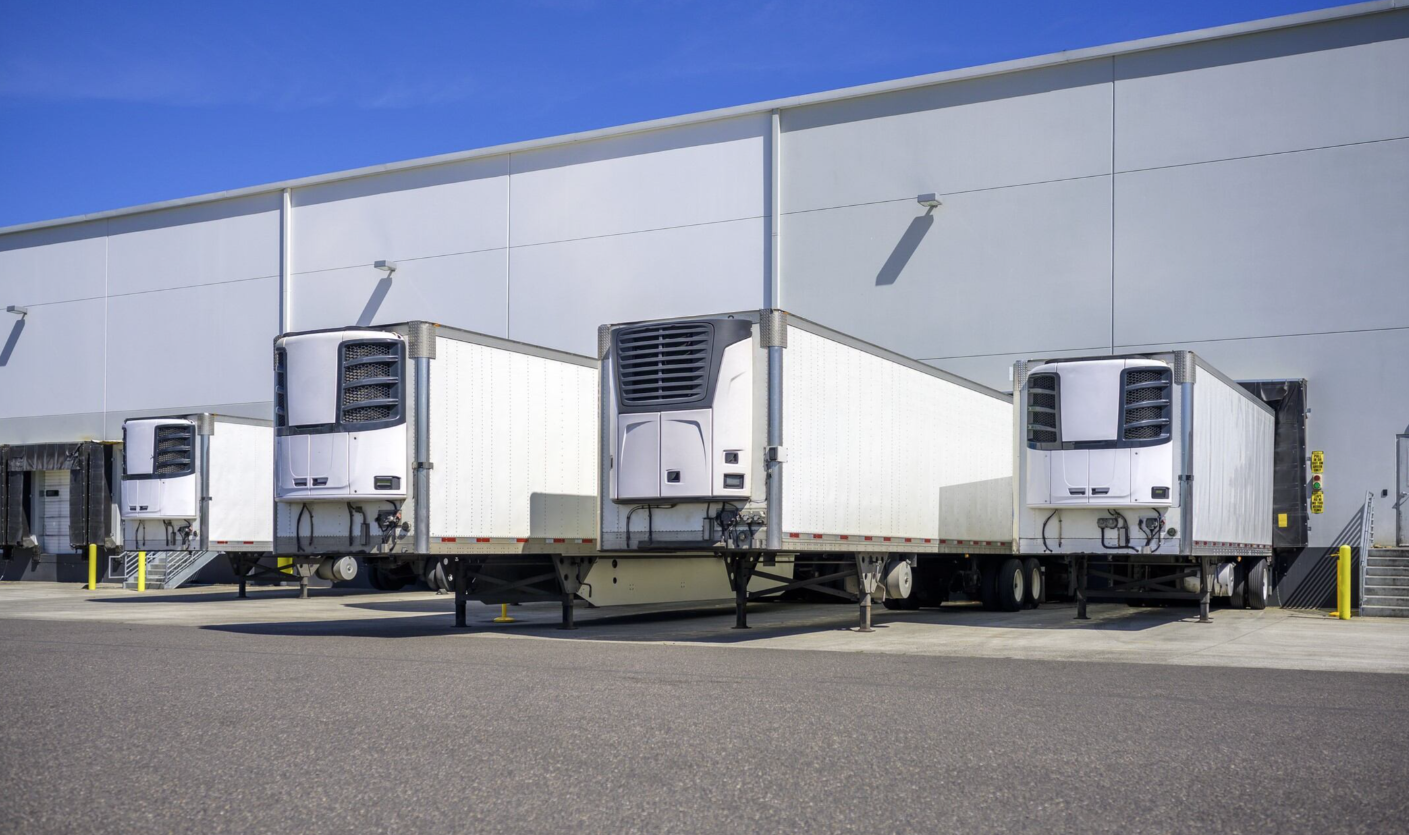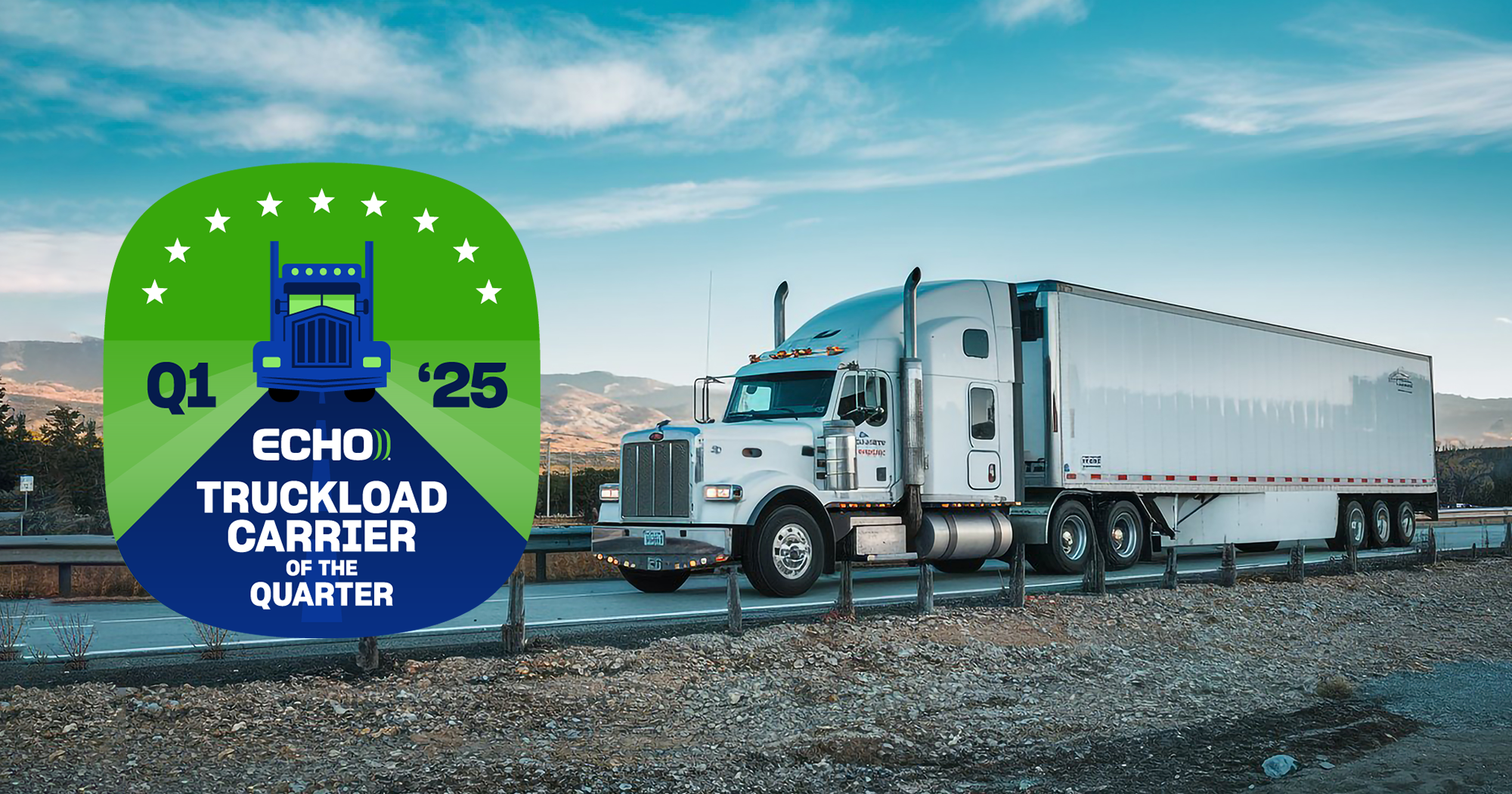If you’re not currently using Partial Truckload, you may not even know it exists. The mode is vastly underutilized by shippers, but it offers many benefits.
First off, what is it? Partial Truckload (also called “volume LTL” by some carriers who offer it) is that sweet spot between Less Than Truckload (LTL) and Full Truckload. When your shipment is too big for LTL but too small to fill a Full Truckload, chances are you’ve got a perfect Partial Truckload shipment on your hands.
Here are some signs that you could be shipping Partial Truckload instead:
- You ship 5,000 pounds or more using an LTL carrier
- You ship 10,000 pounds on a Full Truckload because it’s cheaper than LTL
- You ship 10 or more pallets as a Full Truckload but don’t use all the space
- Your freight is light but takes up enough space to make LTL cost-prohibitive
- Your LTL carrier interlines your freight, resulting in higher costs and transit times
What makes Partial Truckload different?
The biggest difference between Partial Truckload and LTL is that Partial Truckload does not require freight class. This eliminates the potential for certain extra charges like re-classing and minimum density fees. Partial Truckload carriers rarely stop at distribution terminals along the way to their destination, which means your shipment is handled less (resulting in fewer claims) and may get to its destination faster.
Compared to Full Truckload, Partial Truckload often has the advantage of cost savings. If your shipment is too small for a Full Truckload, shipping Partial Truckload can save you as much as 35%. Why pay for a Full Truckload if you don’t have to?
As you can see below, Partial Truckload fills most of the gap between LTL and Full Truckload.

More ways you can save
Partial Truckload doesn’t just benefit shippers—it allows carriers who have extra room on their trailers to fill up their trucks. Running an empty backhaul is a big concern for many carriers; it’s a huge waste of resources and a lost opportunity for them to make money.
Partnering with a third-party logistics (3PL) provider like Echo can solve this problem and more. One of the greatest advantages of partnering with Echo is access to our extensive network of carrier partners. Our clients have loads they need shipped, and our carrier partners want access to them. The result is that we can negotiate lower rates for you.
Echo also has expertise in more specialized services, leading to solutions tailored to shippers’ needs. For example, we can combine Partial Truckload with white-glove and final-mile services. Additionally, our technology, built in-house to serve each individual client, increases visibility into each shipment. We manage the full lifecycle of your shipment, securing the best rate and mode for your cargo.
Now that you know what Partial Truckload is, and how best to use it, you can start benefiting from it. Echo helps our clients take advantage of this often-overlooked mode.
Contact an Echo representative today at 800-354-7993 or info@echo.com to learn more.
For marketing purposes.



